Basketball is a dynamic and fast-paced sport that demands a wide range of skills from its players. To succeed on the court, basketball players need to be proficient in various areas, including shooting, dribbling, defending, rebounding, and passing.
Each skill plays a vital role in a player’s overall performance and contributes to the success of their team. In this blog post, we will delve into the different types of basketball skills, exploring the key aspects of each and understanding their importance in the game.
Whether you’re a player looking to improve your game or a fan seeking a deeper understanding of the sport, this guide will provide valuable insights into the diverse skill set required in basketball.
Why do Basketball Players Need to be Skillful in Significant Areas?
Basketball players need to be skillful in significant areas because the game of basketball requires a diverse range of abilities and competencies.
First and foremost, players must possess strong dribbling skills to maintain control of the ball while moving around the court. This allows them to penetrate defenses, create scoring opportunities, and initiate offensive plays.
Additionally, shooting accuracy is crucial for players to contribute offensively. Whether it’s shooting from the perimeter or finishing at the rim, a player with a refined shooting technique can consistently put points on the board for their team.
Moreover, passing skills are vital for players to effectively distribute the ball, create opportunities for their teammates, and facilitate team play.
Defensively, players need to exhibit quick footwork, agility, and anticipation to guard their opponents effectively. This involves skills such as staying in front of their man, contesting shots, and disrupting passing lanes.
Furthermore, basketball players must have solid rebounding skills to secure missed shots and gain possession for their team. Rebounding requires a combination of timing, positioning, and athleticism.
Being skillful in these significant areas allows basketball players to contribute effectively on both ends of the court, maximize their impact, and increase their team’s chances of success.
What Are the Types of Basketball Skills?
Basketball is a sport that requires a diverse set of skills. Players must be proficient in various areas to contribute effectively to their team’s success. In this comprehensive guide, we will explore the five essential skills in basketball: shooting, dribbling, defending, rebounding, and passing.
Shooting
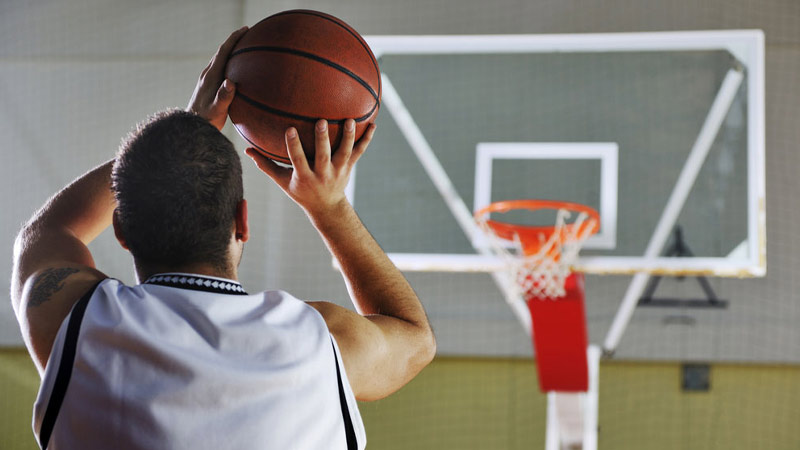
Source: rockymountevents.com
Shooting is one of the fundamental skills in basketball. It involves accurately propelling the ball into the hoop to score points. Players must have good shooting technique, which includes proper footwork, body alignment, and shooting form. There are different types of shots in basketball, including:
Jump shot
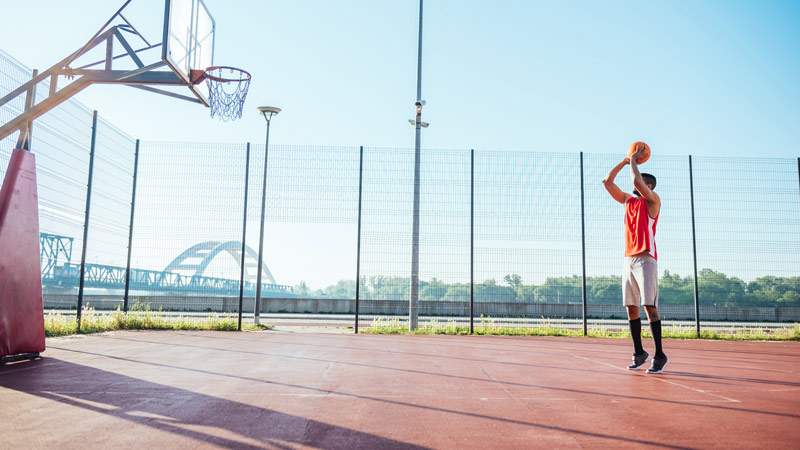
Source: stack.com
This is the most common shooting technique, where players jump into the air and release the ball at the peak of their jump. It is often used for mid-range and long-range shots.
Layup
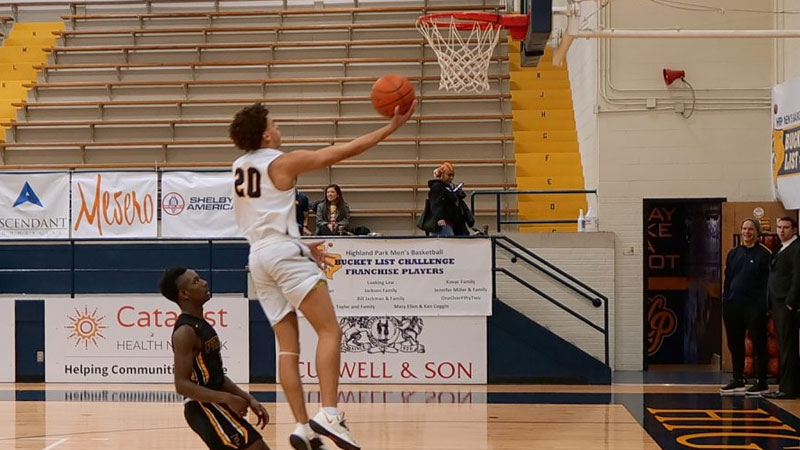
Source: hpbagpipe.com
A layup is a close-range shot where players drive to the basket and release the ball off the backboard or directly into the hoop. It requires body control, finesse, and the ability to finish around defenders.
Free throw
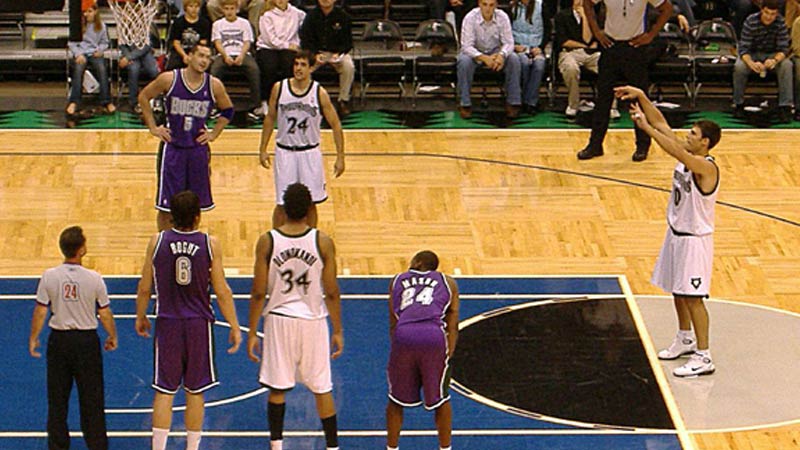
Source: wikipedia.org
Free throws are uncontested shots awarded to players after a foul. They are taken from the free-throw line and require consistent form and focus.
Three-point shot
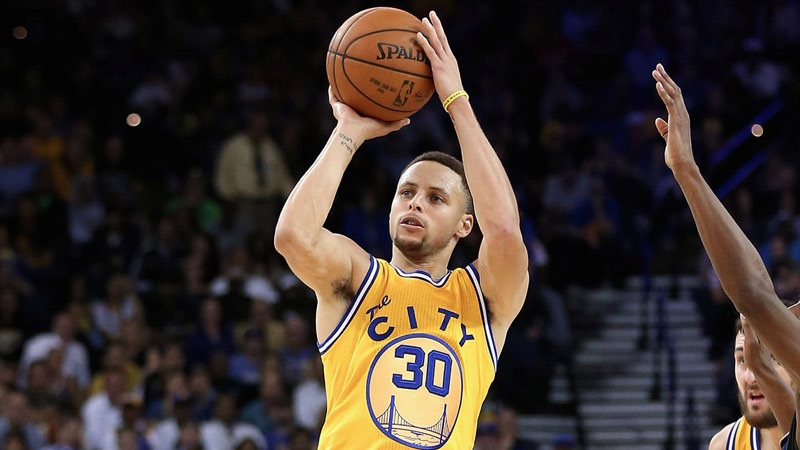
Source: theringer.com
This shot is taken beyond the three-point line and rewards the team with three points if successful. It demands shooting accuracy and range.
Dribbling
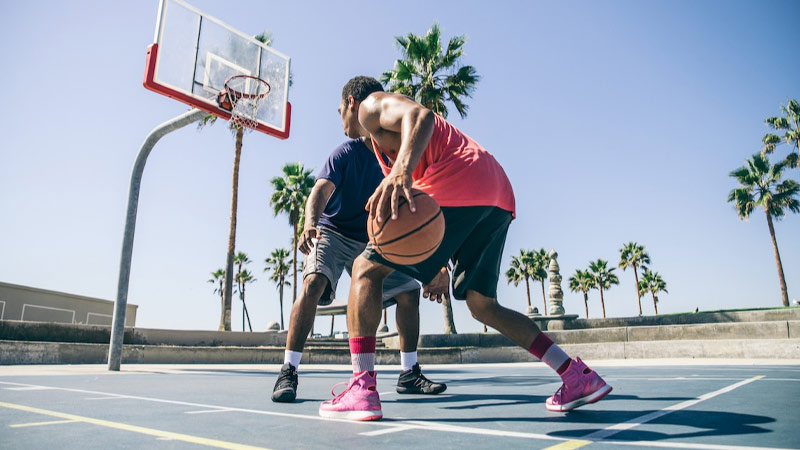
Source: masterclass.com
Dribbling is the skill of controlling the ball while moving. It allows players to maintain possession, evade defenders, and create scoring opportunities. Dribbling techniques include:
Basic dribble
The basic dribble involves using fingertips to control the ball, keeping it low and close to the ground. It is used for maintaining control while moving.
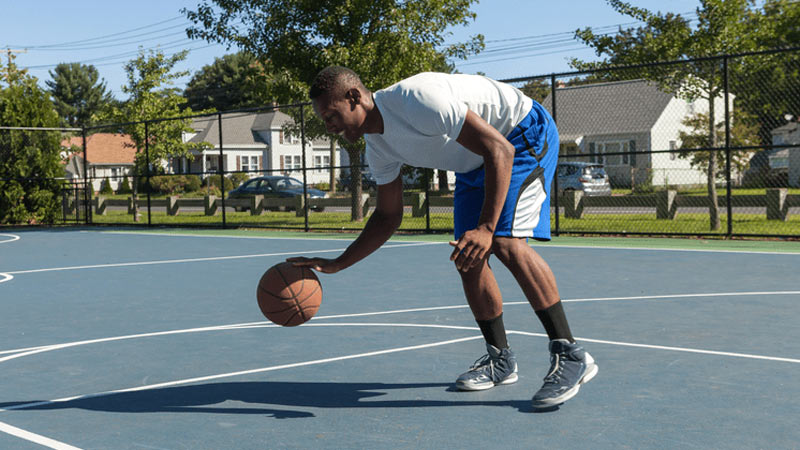
Source: coachup.com
Crossover dribble
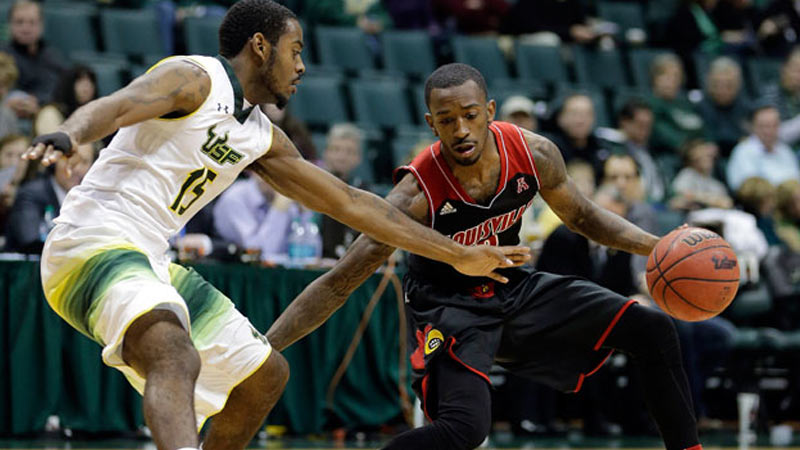
Source: stack.com
This technique involves bouncing the ball from one hand to the other while changing direction. It helps players navigate past defenders and create separation.
Behind-the-back dribble
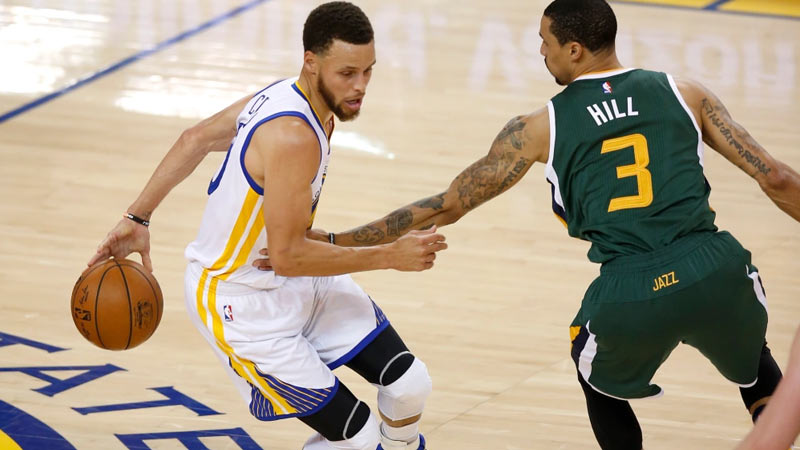
Source: eastbaytimes.com
Players execute this move by bouncing the ball behind their back with one hand, allowing them to change direction quickly and surprise opponents.
Spin dribble
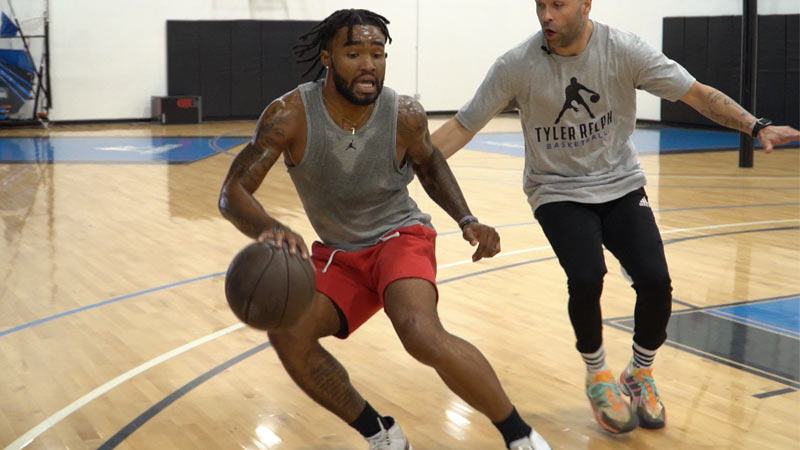
Source: Spin dribble
In the spin dribble, players rotate their bodies while simultaneously spinning the ball. It helps create space and confuses defenders.
Defending
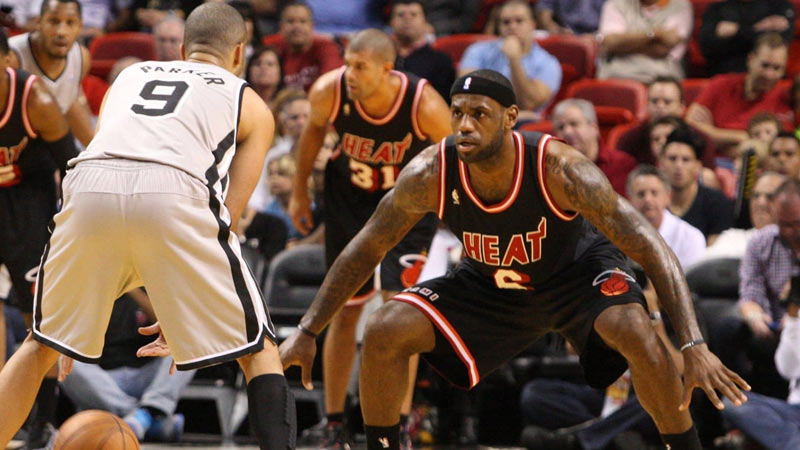
Source: basketballhq.com
Defending is the skill of preventing the opposing team from scoring by guarding the opponents effectively. It requires quickness, agility, anticipation, and strong defensive principles. Some key defensive techniques include:
On-ball defense
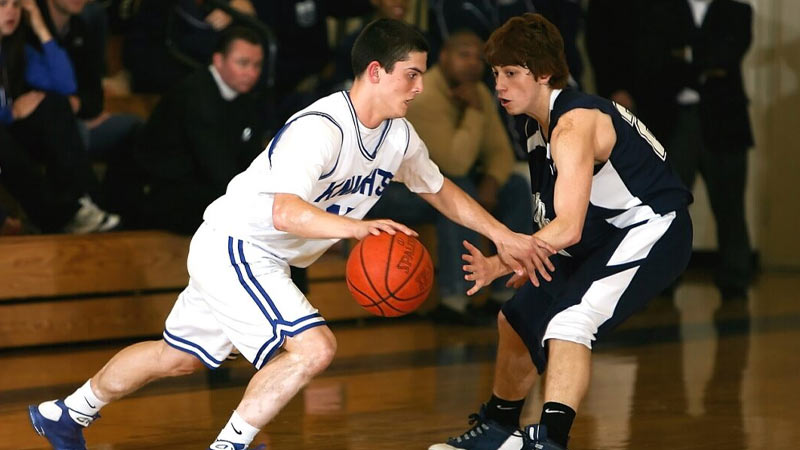
Source: teachhoops.com
This involves guarding the player with the ball and preventing them from driving or shooting. It requires staying in front of the offensive player, using lateral movement, and contesting shots.
Help defense
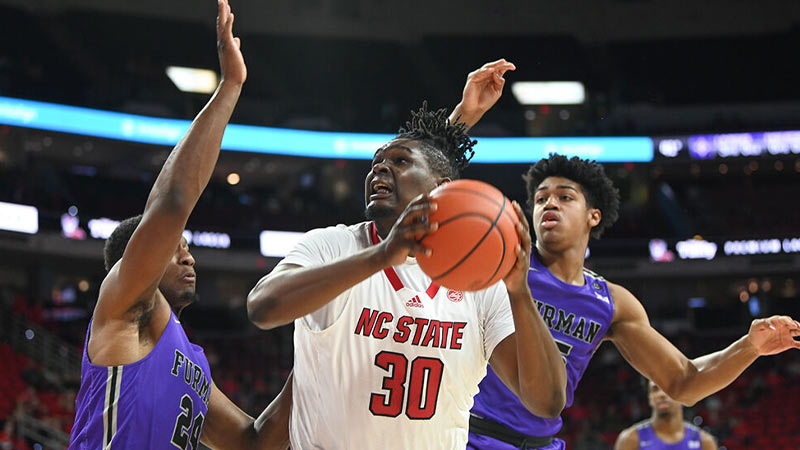
Source: technicianonline.com
Help defense refers to players providing support to their teammates by rotating to cover open players or blocking shots near the basket. It requires awareness, communication, and timing.
Stealing
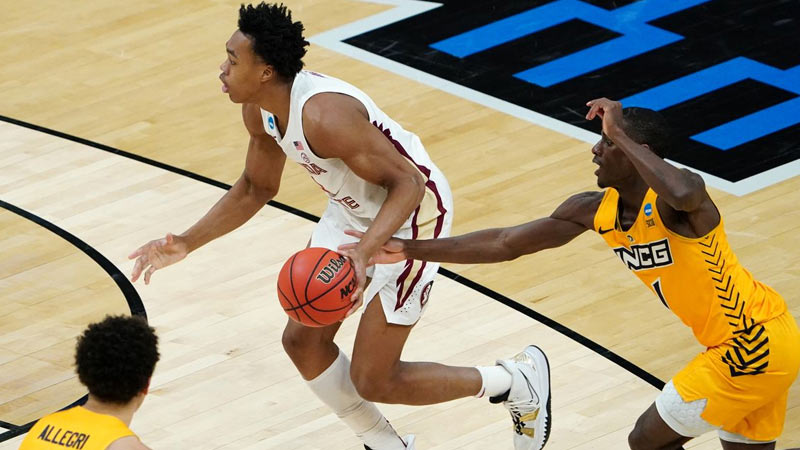
Source: midmajormadness.com
Players can attempt to steal the ball from their opponents by disrupting their dribble or intercepting passes. It requires good hand-eye coordination, quick hands, and anticipation.
Shot blocking
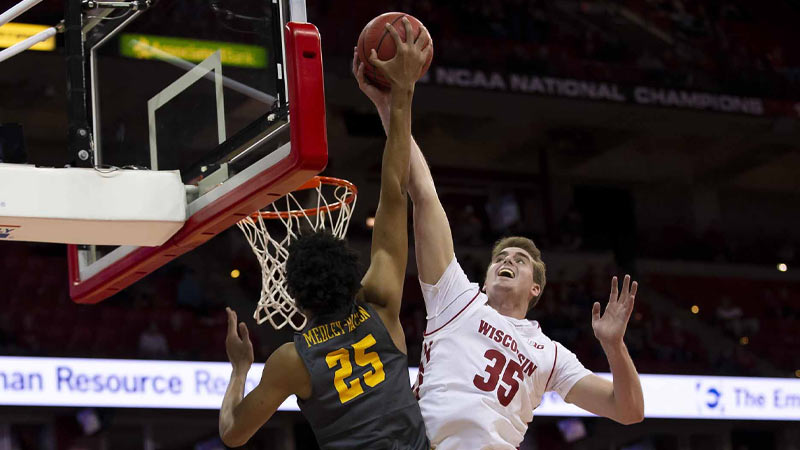
Source: uwbadgers.com
Shot blocking involves timing a jump to reject or alter an opponent’s shot. It requires athleticism, vertical leap, and the ability to time the shot release.
Rebounding
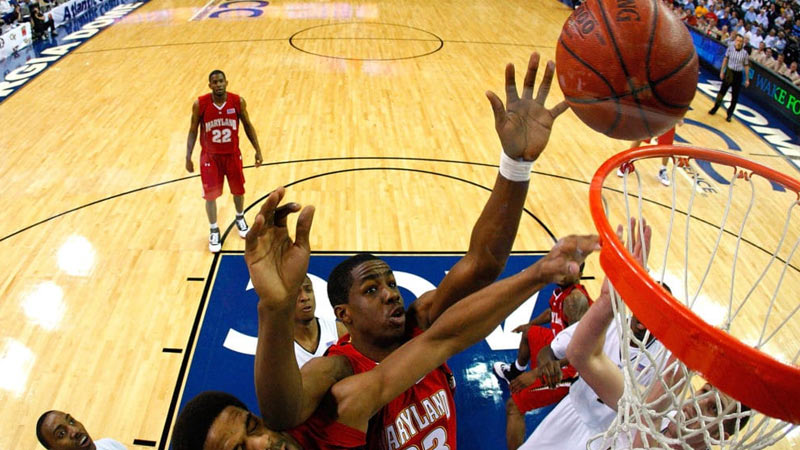
Source: basketballhq.com
Rebounding is the skill of gaining possession of the ball after a missed shot. It is crucial for both offensive and defensive purposes. Key rebounding techniques include:
Box out
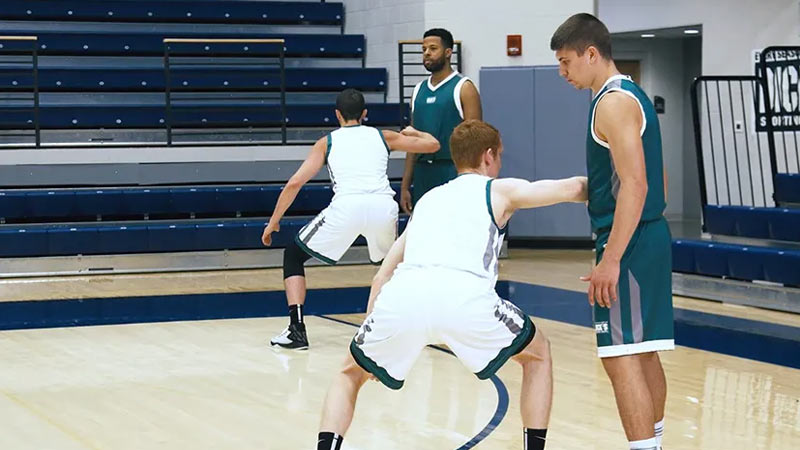
Source: hoopcoach.org
Box out is a fundamental technique where players position themselves between their opponent and the basket to establish a rebounding position. It involves using the body to create space and gain an advantage.
Offensive rebounding
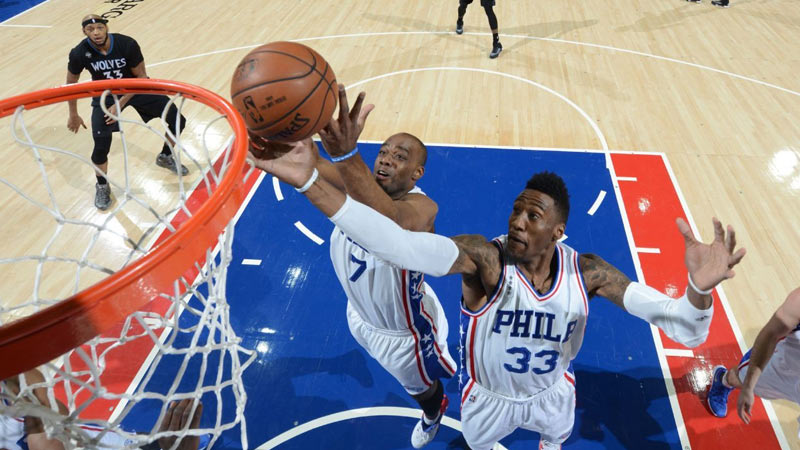
Source: espn.in
Offensive rebounding refers to gaining possession of the ball after a missed shot by one’s own team. It involves quick reflexes, positioning, and a relentless pursuit of the ball.
Defensive rebounding
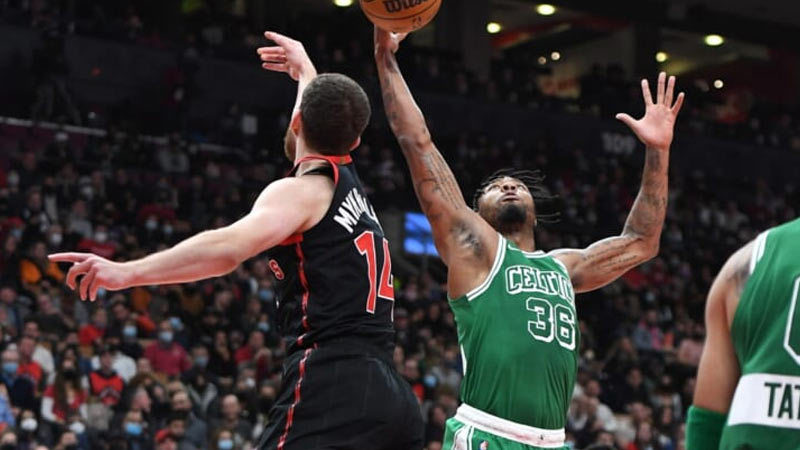
Source: clnsmedia.com
Defensive rebounding is when players secure the ball after an opponent’s missed shot. It requires positioning, boxing out, and the ability to grab the ball amidst traffic.
Passing
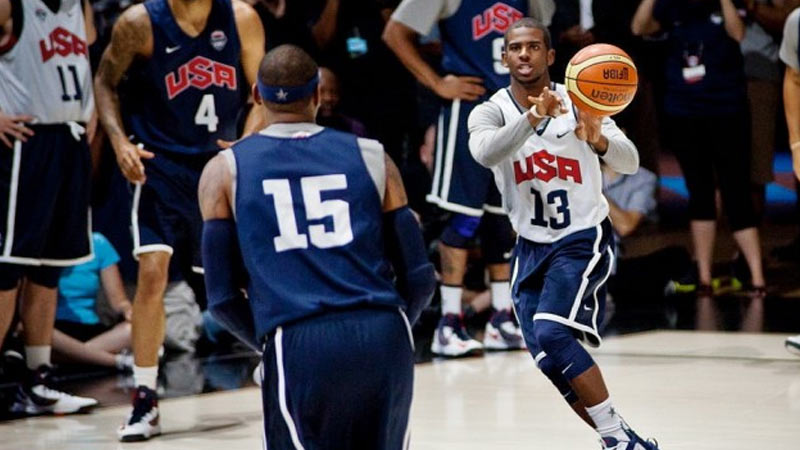
Source: stack.com
Passing is the skill of transferring the ball to a teammate efficiently. It is crucial for maintaining ball movement, creating scoring opportunities, and facilitating team play. Some key passing techniques include:
Chest pass
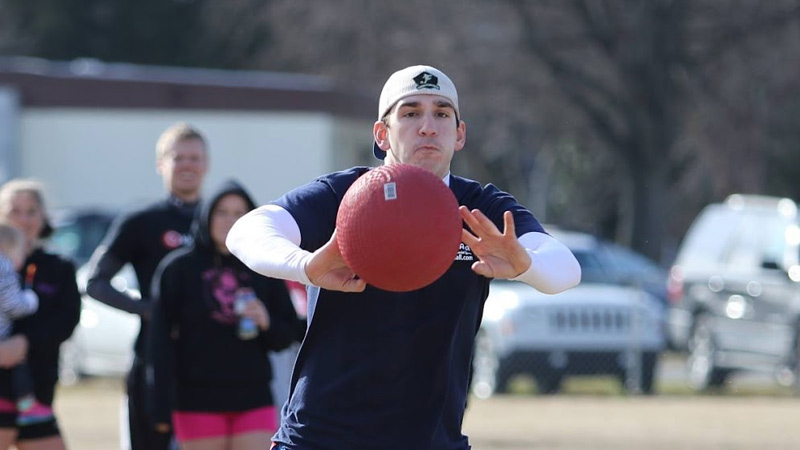
Source: clubwaka757.blogspot.com
The chest pass is the most basic and direct pass, where players throw the ball from their chest using both hands. It is used for short to medium-range passes.
Bounce pass
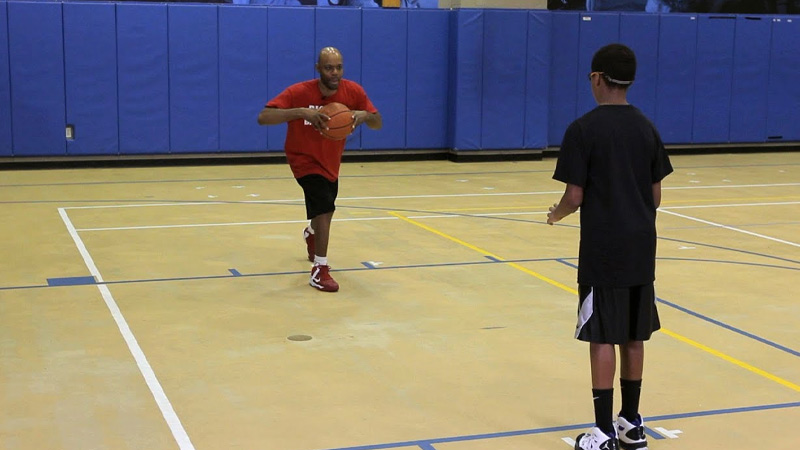
A bounce pass involves bouncing the ball on the ground to reach a teammate. It is effective when there are defenders in the passing lane.
Overhead pass
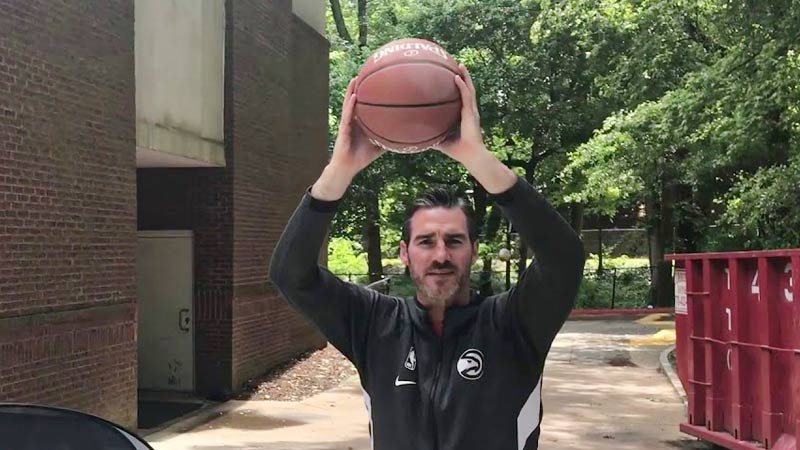
Source: dunkorthree.com
The overhead pass is executed by extending both arms above the head and throwing the ball. It is often used to pass over defenders or in fast-break situations.
No-look pass

Source:japantimes.co
A no-look pass is when a player looks in one direction but passes the ball in another direction. It can confuse defenders and create open scoring opportunities.
Mastering these five essential skills in basketball—shooting, dribbling, defending, rebounding, and passing—will make players more versatile, valuable, and effective on the court.
Continuous practice, dedication, and a strong understanding of the game’s principles will help players develop and refine these skills to excel in the dynamic sport of basketball.
FAQs
Why is shooting considered one of the most important basketball skills?
Shooting is vital in basketball because it directly impacts a team’s ability to score points. A proficient shooter can stretch the defense, create scoring opportunities, and contribute significantly to their team’s success.
How does dribbling contribute to a player’s performance on the court?
Dribbling is crucial for ball control and maintaining possession. It enables players to maneuver past defenders, penetrate the defense, and create scoring opportunities for themselves and their teammates.
What role does defending play in basketball?
Defending is essential for preventing the opposing team from scoring. A skilled defender can disrupt the opponent’s offense, block shots, and steal the ball, ultimately impacting the outcome of the game.
Why is rebounding considered a valuable skill in basketball?
Rebounding is crucial for securing missed shots and gaining possession for the team. It provides second-chance scoring opportunities for the offense and limits the opponent’s ability to score on second attempts.
How does passing contribute to effective team play?
Passing is the cornerstone of teamwork in basketball. It facilitates ball movement, creates open scoring opportunities, and fosters a cohesive and unselfish playing style. A player with strong passing skills can elevate the performance of the entire team.
Bottom Line
In the world of basketball, players need to possess a diverse range of skills to excel on the court. Shooting, dribbling, defending, rebounding, and passing are the fundamental skills that form the foundation of the game. Each skill brings its unique contributions and plays a crucial role in a player’s overall performance.
By continuously honing these skills through practice, dedication, and a deep understanding of the game’s principles, basketball players can elevate their game and make a significant impact on their team’s success.
So, whether you’re shooting a three-pointer, executing a dribble move, making a defensive stop, grabbing a rebound, or delivering a precise pass, mastering these skills will take your basketball prowess to new heights.







